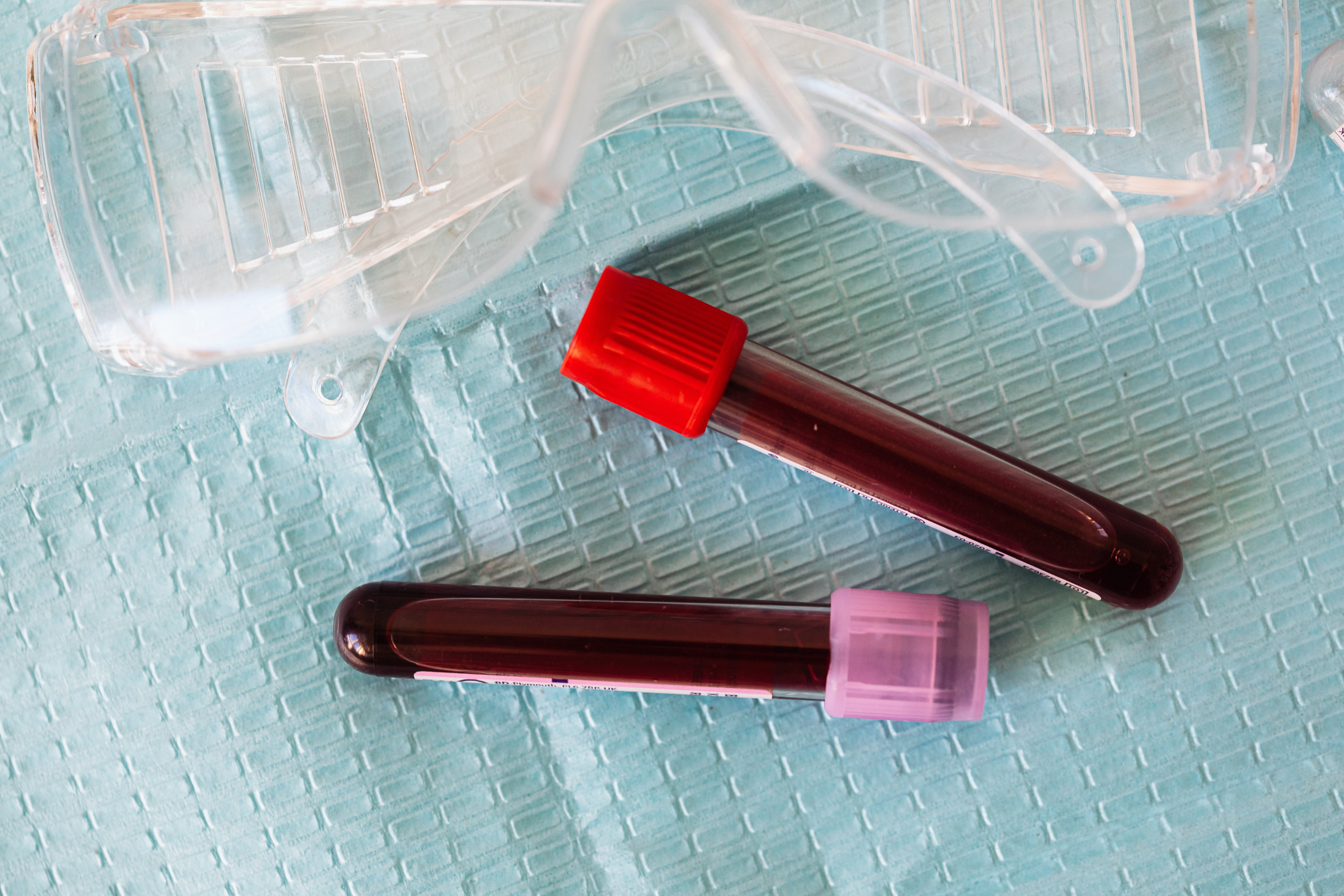Killers of the Heart
The C Word
Most of us have seen a commercial involving a heart attack victim. At the start of said commercial, the diseased individual is usually partaking in a simple activity, be it playing with his (or her) grandchildren, walking down a flight of stairs, or grabbing a box of cereal from a pantry. Then, suddenly, the protagonist of the commercial acts as if an arrow shot from across the room pierced his heart. While experiencing the heart attack, he puts his hand on his chest and kneels down as he becomes increasingly less mobile. He is promptly rushed to the hospital.
Many commercials on heart health utter the dreaded c-word: cholesterol. You will hear words like “good cholesterol” and “bad cholesterol.” By the time said commercials come to a close, you will have been instructed to “lower your [total] cholesterol.” But is cholesterol really the culprit to blame for heart attacks? Does cholesterol cause blood clots?
Is Cholesterol Actually Bad?
According to Dr. Malcolm Kendrick, author of the book The Clot Thickens (2021), cholesterol has a much less effect on heart health than many people, laymen and health professionals alike, believe. He claims that heart disease has nothing to do with cholesterol in the bloodstream.
Before elaborating on Dr. Kendrick’s claim, it would be wise to reveal where the supposed myth originated from. The hypothesis that cholesterol causes heart disease was formed first in the late 1800s. For approximately 50 years, said hypothesis had gained little traction. However, due to a man named Ancel Keys, the hypothesis was popularized in the 1950s. Keys was featured in TIME magazine and became known as “Mr. Cholesterol.”
For decades, the idea that cholesterol has a detrimental effect on the cardiovascular system prevailed. “LDL,” also labeled as “bad cholesterol,” is to blame, says the conventional medical establishment. Dr. Kendrick states, however, that LDL is not “bad cholesterol,” since LDL is not cholesterol at all. LDL, which is an acronym for low-density lipoprotein, contains cholesterol inside of it. LDL is a protein.
LDL vs. Lp(a)
Due to what Dr. Kendrick describes as either “incompetence” or, more benevolently, sheer “ignorance,” many doctors fail to differentiate between LDL and a protein called Lp(a). The only structural difference between the two is that the latter has an additional protein called apo(a). That’s it. The author states that most doctors never search for apo(a) when performing blood tests. Despite this single difference, LDL and Lp(a) function differently. The former carries cholesterol to cells. Cholesterol stabilizes the membranes of the cells throughout the entire body. The latter plays a significant role in blood clotting.
In case a person’s body has an insufficient amount of vitamin C, Lp(a) will bind to broken blood vessels and act as a plug to prevent blood loss. Without a molecule called collagen, blood vessels will begin to crack. Vitamin C is used to manufacture collagen. Unlike most animals, humans cannot synthesize vitamin C internally. We must get the micronutrient from our diets.
The Thrombogenic Theory
According to the author, there are two opposing theories on the cause of cardiovascular disease. The first one, which is mentioned above, is the cholesterol theory. The second one, which is much less well-known than the first, is called the “thrombogenic theory.” Dr. Kendrick believes that the latter theory is more scientifically valid. The thrombogenic theory states that cardiovascular disease is caused by three phenomena: 1) an increased rate of endothelial damage, 2) a blot clot that is unusually difficult to break down, or 3) malfunctioning repair systems. In a healthy individual, endothelial damage causes a clot to form. Then endothelial progenitor cells cover the clot. Macrophages clean up the mess.
Smoking
With the information above in mind, what factors inhibit this healing process? Dr. Kendrick mentions smoking, diabetes, and high blood pressure as contributing factors to the weakening of this healing process. The particles from toxic airborne substances are absorbed into the bloodstream through the capillaries. These dangerous substances can wreak havoc on the endothelium. Unfortunately, as you likely know already, cigarette smoke is not the only source of damaging airborne particles. Exhaust fumes, wood smoke, and other sources of air pollution have these unhealthy particles. Many older people suffer from cardiovascular disease due to being poisoned by lead as children. Fortunately, lead has been largely removed from our environment.
Diabetes
As mentioned in the paragraph above, diabetes is also a major contributor to cardiovascular disease. How so? Insulin resistance (or low insulin sensitivity) damages the endothelium and reduces the amount of endothelial progenitor cells circulating in the bloodstream. High blood sugar also damages the glycocalyx, which is a slimy substance that protects endothelium. High levels of insulin resistance can also cause microvascular disease (MVD). As MVD worsens, the smaller blood vessels in the body start to burst, which reduces the blood flow to vital organs. This is why many diabetes patients end up having to get their limbs amputated.
Hypertension
Along with smoking and diabetes, high blood pressure causes cardiovascular disease. Hypertension increases the risk of cardiovascular disease by inducing mechanical damage to the arteries. The dilemma with hypertension, states Dr. Kendrick, is that for four out of every five people the cause of the disease is unknown. Hypertension with an unknown cause is called “essential hypertension.” In the United States, around 100 million people have hypertension. Here’s a chicken-or-egg twist: cardiovascular disease can cause hypertension. Blocked micro vessels increase the resistance inside said vessels, ergo increasing the pressure.
Cholesterol is Not the Enemy
At this point, you may be wondering if plaque has any involvement with cardiovascular disease. What induces the formation of plaque? Thromboembolic material. This is simply the accumulation of material found in a blood clot.
The Clot Thickens is a useful book overall. A central theme of the book is to place value in critical thinking and not fall for medical dogma. Just because an idea is “common knowledge” doesn’t necessarily mean it’s correct. Many people are still under the impression that LDL causes heart disease due to the widespread acceptance of Keys’ claim.
Our closest relatives, chimpanzees, have been tested for cholesterol. On average, the LDL levels of captive chimpanzees is higher than that of humans, yet the chimpanzees experience no cardiovascular diseases.
With regards to cardiovascular disease, if any “cholesterol” is to be examined, it is the ratio of total cholesterol to HDL. Does this ratio directly cause heart disease? No, but it can indicate insulin resistance. In other words, high insulin resistance causes both a poor ratio and endothelial damage.
So, technically, total cholesterol and HDL ought to be inspected only to confirm an underlying issue involving insulin.
“Cholesterol” is not the enemy. It has been given a bad rap for decades. Don’t take my word for it. Check out Dr. Kendrick’s book, The Clot Thickens, on Amazon.

